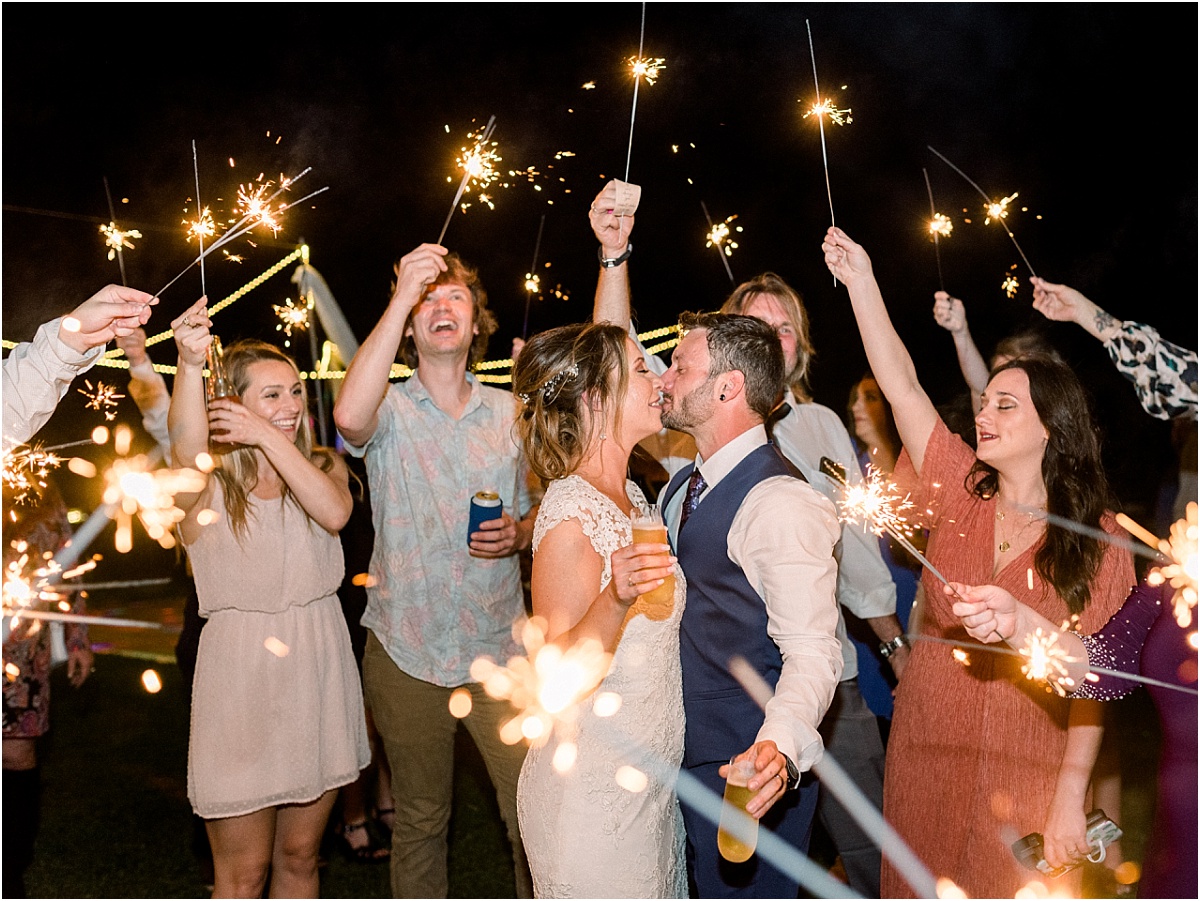Flash Basics for Wedding Photographers
For a brand new or novice photographer, figuring out how to use flash in your portraits can seem overwhelming and complicated. Unless you plan to only shoot in perfectly lit areas all of the time (News flash! This is impossible!), you are eventually going to have to learn how to use your flash.
I recently did a training inside my Facebook group, Becoming a Professional Photographer, on some flash basics for wedding photographers. Here is a quick recap of what we discussed.
(If you want to watch the whole training, be sure to join us inside the Facebook group!)
Common myths about flash
First, let’s start by debunking some common myths about flash.
Myth: Flash looks washed out or unnatural.
Fact: Flash allows you to work in dim or difficult settings that would otherwise yield poor exposures.
The truth is, more often than not you will likely find yourself having to shoot in less than ideal settings. In order to provide the best quality photos for your clients, learning how to use flash will give you better results when working in areas with these difficult settings.
Myth: Flash is difficult and complicated to learn.
Fact: Basic flash is not only easy, it’s fun and affordable!
Don’t let the technical side of things stop you from learning this incredible skill! Read on to learn the basics of flash photography and if you want to join a community of other photographers who are honing in on their skills, join us inside the Facebook group for more training and support!
Why you need to know how to use flash at weddings
As I mentioned earlier, you’ll encounter less than ideal lighting MOST of the time when capturing photos for your client’s wedding. From dark hotel rooms to poorly lit ceremonies, dim light is everywhere and flash is your friend. Photography is ALL about light — understanding it, utilizing it, and, when possible, controlling it.
You also can’t control the weather which means that oftentimes you might find yourself forced to change plans at the last minute with no prior consideration for indoor lighting. As I like to say, “Flash will save your ass.”
Learning flash opens up the door to add incredible variety to your images. Your couples are depending on you to deliver well-exposed images where they can clearly see, enjoy, and relive their wedding day.
Equipment and flash modes
Let’s do a quick rundown of the different equipment that you can use when working with flash:
- Your camera
- A Speedlight (or two) – it’s not necessary that they be the same brand, though that can make things easier when having to work quickly.
- Modifiers – bounce card, diffuser, flash bender, soft box, umbrella, etc.
- A trigger – in some cases you can use your built-in flash to trigger an off-camera speedlight. While this works, it’s often less reliable than a separate trigger.
Manual – This allows you to maintain full control over lighting strength.
TTL – The light strength is determined automatically based on what the camera sees “through the lens.”
Remote – This setting is used when shooting with your light OFF camera.
Master – This is used to set your primary flash that will signal any other flashes being used.
These are my most frequently used camera settings when shooting with an on-camera flash:
Aperture: 2.0 – 3.5
Shutter speed: 1/80 – 1/200
ISO: 800-4000
Speedlight: M 1/32 – 1/64
Basic modifiers
Here are some basic modifiers to familiarize yourself with when working with flash:
- Built-in bounce card – This is the easiest, fastest modifier out there. It’s not ideal for larger groups of people, but it will still work!
- Diffuser – Use this to soften shadows and provide an overall smoother, more natural look versus an empty direct flash.
- Flash bender – A flash bender is an excellent tool for dispersing light across a larger area. It also allows for some extra directional control.
The best way to get comfortable with working with flash is to start playing around with it and familiarizing yourself with the different settings and modifiers.
Steps for a natural look
Contrary to some beliefs, you can still achieve a natural look when using flash. With these tips, plus some practice, you’ll soon be creating natural looking photos that your wedding clients will be tearing up over!
The first step is to set your exposure for the available light in the room. Then set your flash to fill in the light on your subjects. Now all that’s left is to take a shot and review it and tweak your settings as needed.
Do you feel better about flash settings now? Let me know how you’re coming along and, as always, I would love to help support you on your journey to Becoming a Professional Photographer!
I'm excited to hear from you!
Ready to work together?
you Love what you see
Inquire Now
